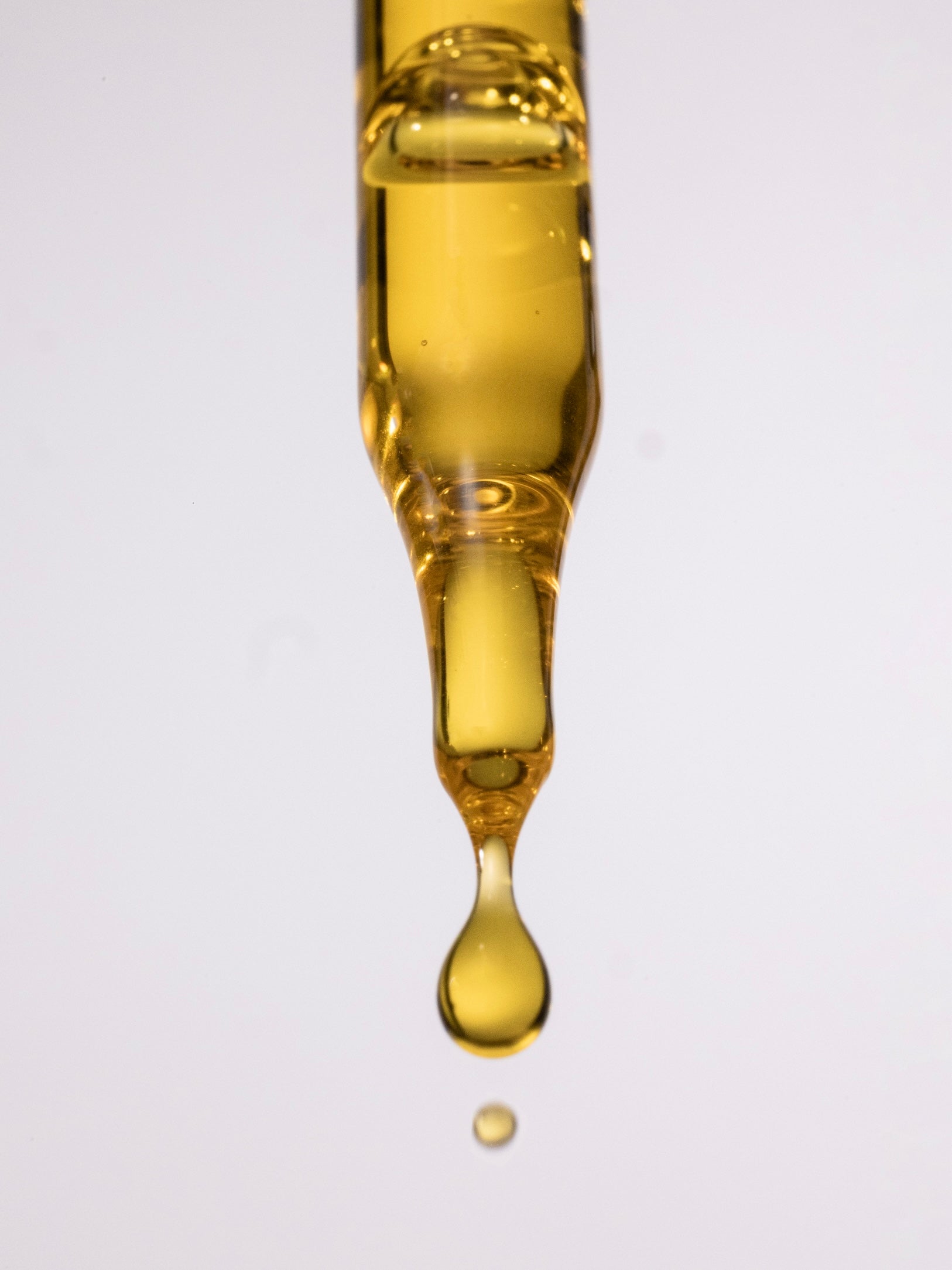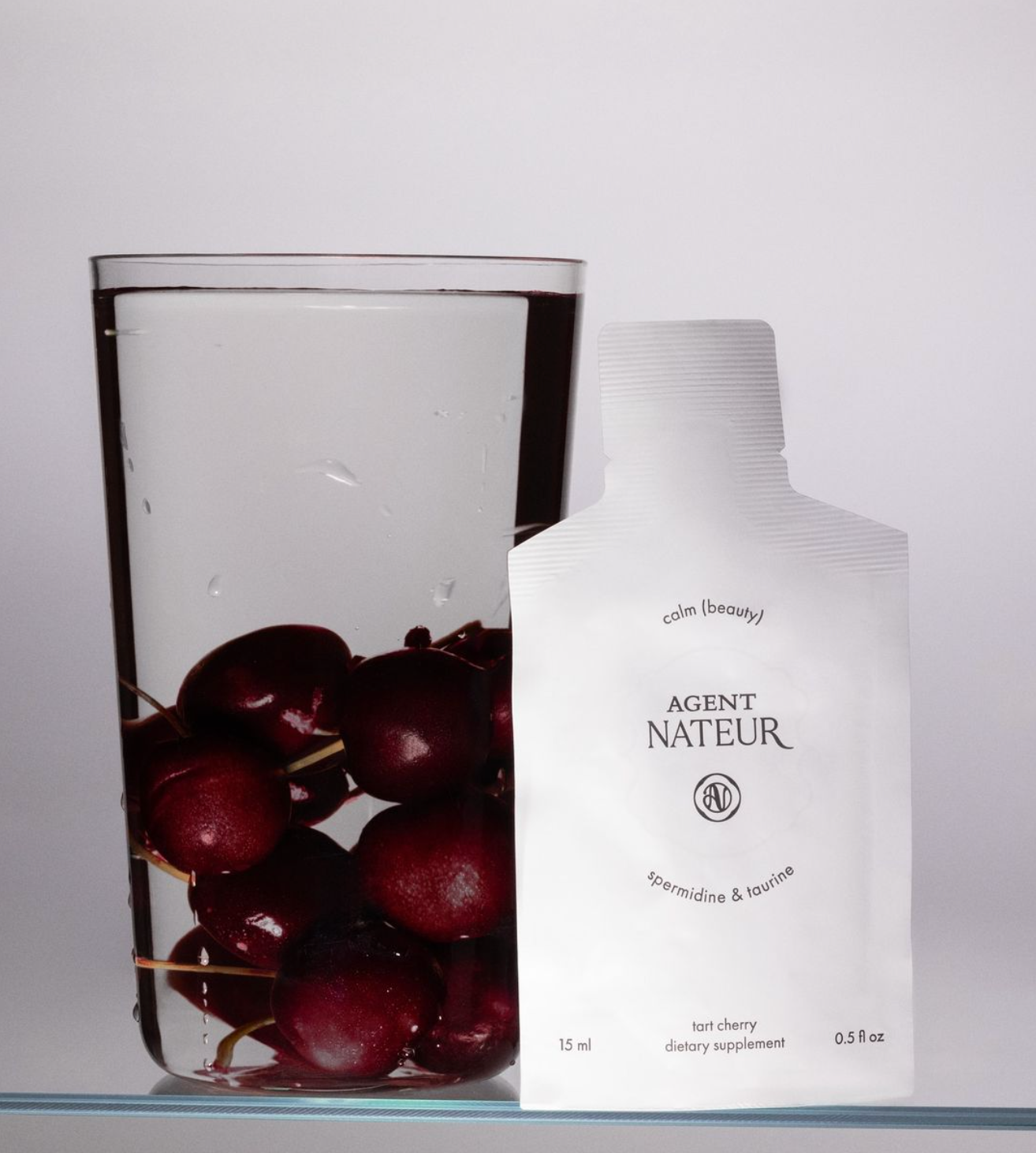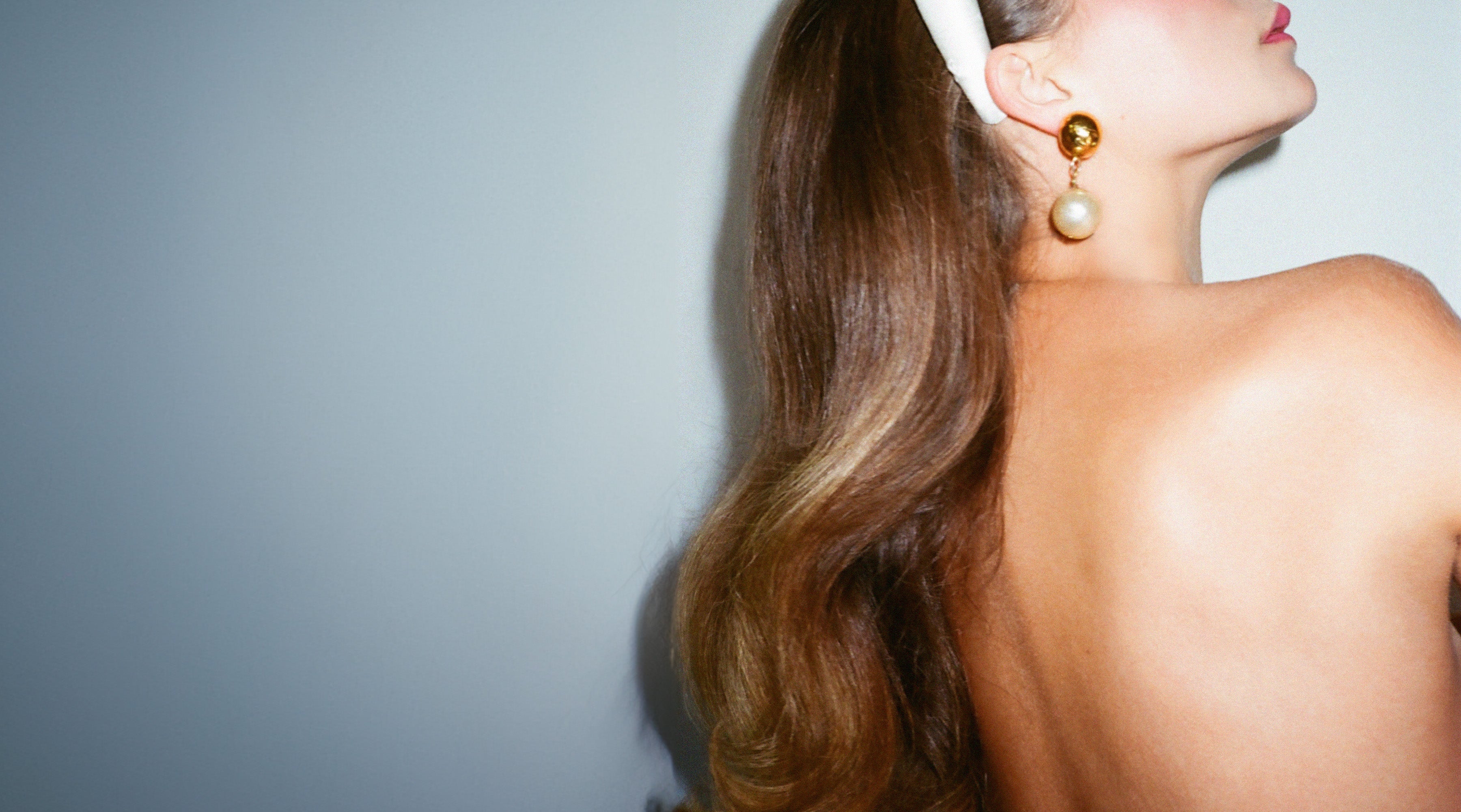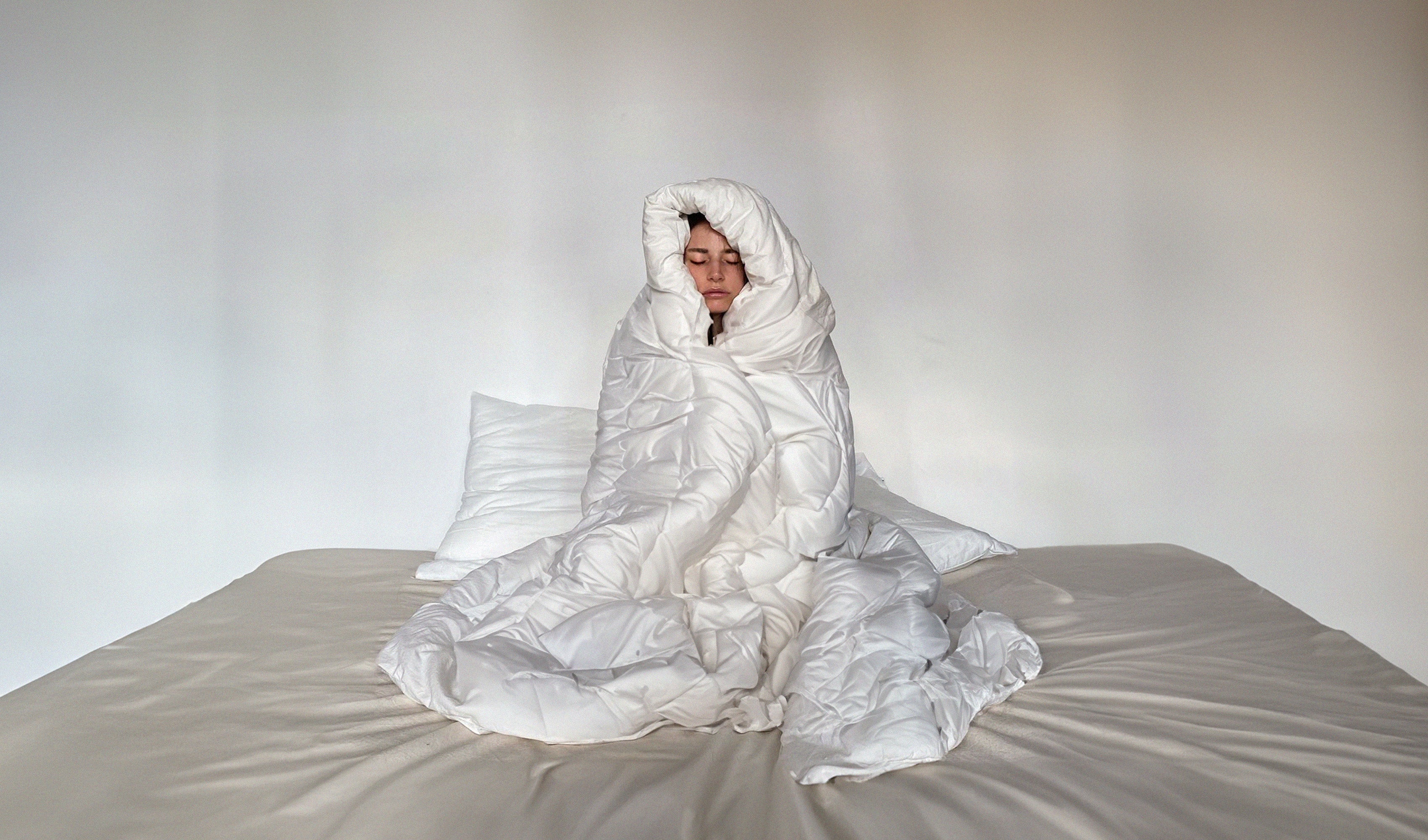Why I Avoid Coffee: Tips For Managing Rosacea
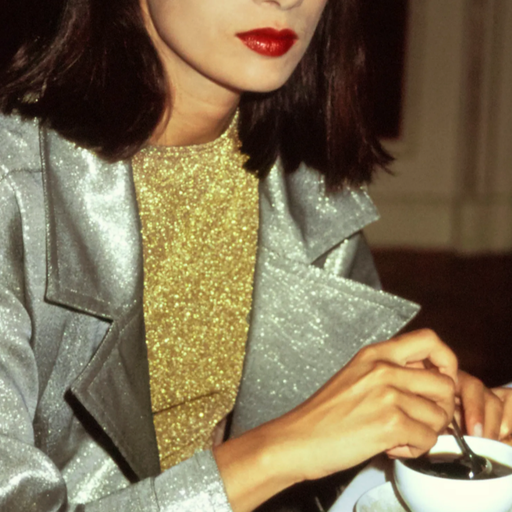
Grabbing a cup of coffee used to be a staple part of my daily routine but, in the search to pinpoint the root cause of my rosacea, I tried cutting it out of my diet. I’m so happy that I did because I started to notice a visible difference in my skin. This is why I’ve been avoiding coffee entirely in recent months.
If you struggle with rosacea you need to be really careful with stimulants. Caffeine may not be a trigger for everyone with rosacea but, if you do notice that you become red or flushed after drinking it, it might be helpful to try cutting it back or cutting it out completely from your diet.
A survey from the National Rosacea Society showed that 36% of participants found that hot beverages triggered a symptom flare-up. This could be because having a hot cup of coffee can dilate your blood vessels. Or, that the dehydration from coffee can lead to skin redness or inflammation. A hot drink also makes you sweat more, clogging your pores and increasing stress - all of which are likely to trigger rosacea.
Rosacea is thought to be driven by both genetics and the environment, but just because something is genetic doesn’t mean that it’s automatically going to play out in the way you think it is. You often can control which genes express themselves through your diet and lifestyle choices but, to do so, you really need to understand the root cause of what you are dealing with. If you’re unsure as to whether coffee could be a trigger for you, try keeping a diary and noting when your symptoms flare up and what might be causing it.
The initial root causes and drivers of rosacea can be driven by:
- An inflammatory immune response that can show up as inflammation in the skin, or the face
- Gut dysbiosis - a study showed that patients with rosacea were 13 x more likely to have SIBO than the control group in the study
- Microbe exposure - it is hypothesized that inflammation in the gut (often provoked by the overgrowth of microbes that shouldn’t be there) will show up as inflammation on the face and in other areas of the body. The presence of H. pylori in particular stimulates the production of inflammatory mediators in large numbers, leading to the development of rosacea inflammation.
- Low stomach acid - which can be caused by high stress, worry, and common nutrient deficiencies like zinc.
- Low pancreatic enzyme function - particularly lipase which is the fat splitting enzyme.
- Emotional stress - an NRS survey showed that 79% of people were triggered by emotional stress
Food sensitivity triggers of rosacea can also include:
- Cinnamaldehyde-containing foods like chocolate, tomatoes, and citrus fruits
- Histamine-rich foods (processed foods, processed meats, aged / old cheese & wine);
- Spicy foods - the National Rosacea Society survey of 1,066 rosacea patients showed that 45% were affected by spicy foods;
- Alcohol - particularly wine, dilates blood vessels. It is also dehydrating, leads to poor sleep and increases stress.
If you’re struggling with rosacea, read on to find out my tips for managing this chronic inflammatory skin condition.
Lactic acid: acid (wash), holi (bright) and holi (lift)
Rosacea is a chronic inflammatory skin condition that can be found on the cheeks, chin, nose, and forehead. There are four types (subtypes 1, 2, 3, and 4). Just like acne, chronic skin conditions have a root cause. I always say that if your traditional dermatologist has recommended topical cream, any type of steroid, an oral antibiotic, or really any medication at all for rosacea, you should quit working with them and look for a practitioner that can look into the root cause alongside them.
Once you’ve looked deeper into the root cause of your rosacea, you can begin to manage the symptoms and flare ups through your skincare routine. Alongside dietary changes, it’s important to use a skincare routine that can help this condition - and this is where Agent Nateur comes in.
One of my favorite ingredients for improving rosacea is lactic acid as it has an incredibly transformative effect on the skin. You are about to see lactic acid blow up in the beauty industry over the next year. I can't get enough of this acid, and I constantly formulate with it because it's one of the few that doesn't dry your skin out. It brightens, resurfaces the skin, helps with rosacea, protects the skin barrier and locks in moisture. According to a clinical PubMed journal, alpha AHA and PHA are able to bind large amounts of water and act as potent antioxidant agents through inhibition of matrix metalloproteinases and strong chelating properties. Another important characteristic is the protection of the epidermal barrier integrity during application of lactic acid (LAC) and lactobionic acid (LA) and the opportunity to use them on sensitive skin types including rosacea.
If you suffer from rosacea, traditional exfoliators will only irritate the skin further, as the natural skin barrier is already weak, but lactic acid is a great alternative. It breaks down the connections that bind dead skin cells together in a more gentle way. Lactic acid also helps to increase collagen and tighten the skin. This powerful ingredient is found in my acid (wash), holi (bright), holi (wash), and my brand new holi (lift).
For rosacea, I always recommend holi (c), our calcium & vitamin c duo, combined with holi (water) - our pearl and rose hyaluronic essence. One of the key benefits of using this thick, luxurious essence is that thanks to the plant extracts, precious minerals, and natural acids, it reduces the appearance of redness, as well as improving the skin’s elasticity, tightening your pores, and gently remove expired cells to reveal a hydrated, dewy glow. This is the perfect anti-inflammatory combo with the Vitamin C in the mix too. I also always recommend my holi (oil)face oil thanks to the beautiful Organic Helichrysum in the formulation that helps to treat rosacea and acne.
My new product, holi (lift), which just launched this month, is a lifting serum with 12 patented actives as well as AHA which is perfect for targeting rosacea and improving redness as well as dry, dehydrated skin, and the appearance of fine lines, wrinkles, and sagging skin.
During the day I love to use holi (lift) after I apply holi (water) and holi (c). Then I apply holi (crème) and holi (oil). At night I rotate holi (bright), holi (trinity), holi (lift), Biologique Rechere masks, retinol, and some nights I give my face a complete break.
Biologique Recherche Masks
In addition to Agent Nateur products, I’ve found the Biologique Recherche Masks incredible for my skin. These balancing masks contain a high concentration of purifying ingredients and help to calm red and irritated skin.
I choose to use them along with our holi (bright) ‘botox in a jar’ mask. I sleep in holi (bright) and layer it with a Biologique Recherche mask and then rinse in the morning with water. It’s the perfect at-home facial routine and I wake up the next day with beautifully radiant skin.
Laser Genesis
I don’t love lasers as they thin the skin and instead prefer a Radiofrequency facial or microneedling. If I’m going to choose a laser, the only one I like is Genesis. It’s an amazing treatment for capillaries, redness and rosacea.
Laser genesis is the best treatment for rosacea, in my opinion. Lasers stimulate collagen production and new skin growth. They can also help with fine lines and wrinkles, but, most importantly, the lasers work to close the tiny capillaries that cause the redness of rosacea. This therapy can help constrict the blood vessels, so this will help if you are suffering.
I hope you find this helpful! I’d love to know if coffee is a trigger for your rosacea too and if you’ve seen improvements when cutting coffee out of your diet.
***THESE STATEMENTS HAVE NOT BEEN APPROVED OR REGULATED BY THE FDA. WE ARE NOT DOCTORS, THEREFORE ALWAYS CONSULT WITH YOUR DOCTOR FIRST****
